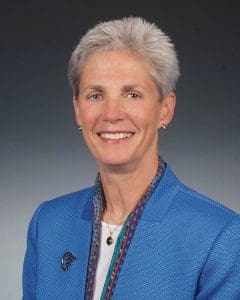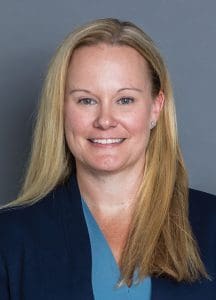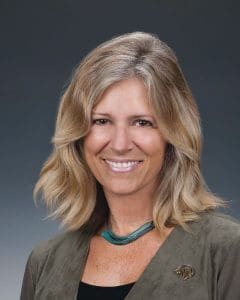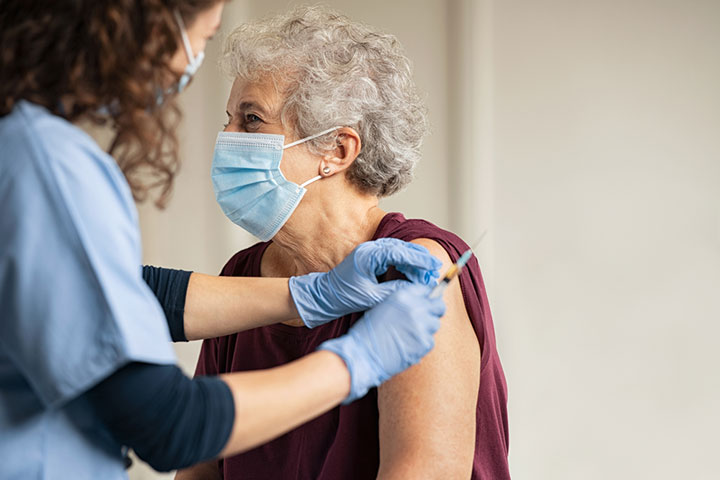Boldness is a cultural journey.








The COVID-19 pandemic places nurses firmly in the public square with compelling professional and public leadership opportunities. The critical need for immunizations directly affects nurses since most patients admitted for COVID-19 remain unvaccinated. Individuals who are vaccinated and experience breakthrough infections consistently have less severe symptoms, fewer hospitalizations, and lower death rates. A frequently overlooked consequence of the pandemic includes delayed routine immunization. Some vaccines show a 95% drop, especially for children.
The American Association of Critical-Care Nurses (AACN) responded to the need for more vaccinations by launching the Hear Us Out campaign in September 2021. Built on national survey data, Hear Us Out emphasizes the pandemic’s impact on nurses and aims to open minds to the benefits of vaccination. A conversation toolkit guides nurses’ allies toward meaningful conversations with those who hesitate to be vaccinated. AACN designed the campaign for co-branding so any nurse or nursing or healthcare organization can help amplify nurses’ leadership in promoting vaccinations. Preliminary data show an earned media reach of 530 million and 42,000 unique web visitors within the first 2 months of the campaign.
A campaign such as Hear Us Out demonstrates a nursing organization’s public leadership on behalf of nurses. The need to speak out is unequivocal since the pandemic has exposed and accelerated workplace challenges that predated the pandemic. AACN’s nurse members tell us they need workplaces with nurse engagement in decision making, appropriate staffing, equitable compensation, authentic leadership, and meaningful recognition. Addressing these deficiencies requires fundamental changes to tackle issues that have negatively impacted healthcare for decades.
How are these examples of a nursing organization’s public and professional leadership related? Mahlin urges professional nursing associations to extend “the reach of individual nurses in order to address systemic problems in healthcare institutions and bureaucracies” and describes this role as a responsibility, not an option. We must advocate for healthy work environments, which include appropriate staffing and support ethical practice. Individual nurses can’t be expected to go it alone.
AACN’s intentional journey began more than 20 years ago when we acknowledged that moving from the idea of a bold voice to developing one requires cultural transformation and significant investment. We committed to expanding organizational influence by earmarking financial resources and creating a dedicated advocacy team of skilled professionals augmented by consultants.
In 2005, AACN issued the first national healthy work environment standards, framed for nurses but designed to apply to all healthcare professionals. We began working in coalition with what is now the Nursing Community Coalition and have since forged relationships with the Office of the Surgeon General, Centers for Disease Control and Prevention, the White House, and other agencies. Hear Us Out is a result of this work.
Healthcare without nurses isn’t healthcare. An effective care delivery system will function—and thrive—only when the influence of those closest to the patient and their family becomes valued and hard-wired. This can’t happen without the collective voices of individuals and nursing organizations. It’s what fuels AACN’s resolve to step up and speak out.
Beth Wathen is president, Amanda Bettencourt is president-elect, Dana Woods is chief executive officer, and Connie Barden is chief clinical officer of the American Association of Critical-Care Nurses (an organizational affiliate of the American Nurses Association) in Aliso Viejo, California.
Reference
Mahlin M. Individual patient advocacy, collective responsibility and activism within professional nursing associations. Nurs Ethics. 2010;17(2):247-54. doi:10.1177/0969733009351949


















